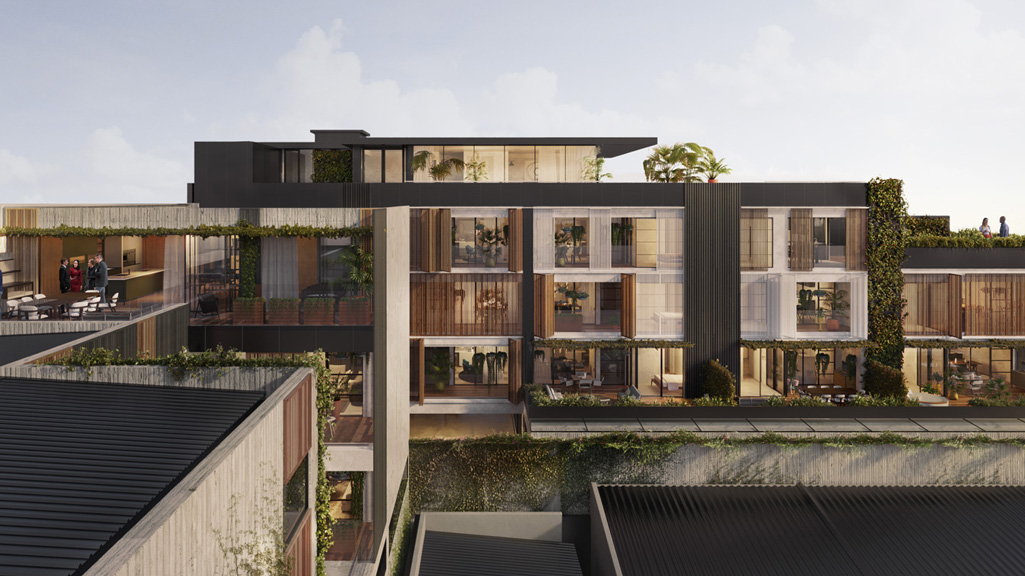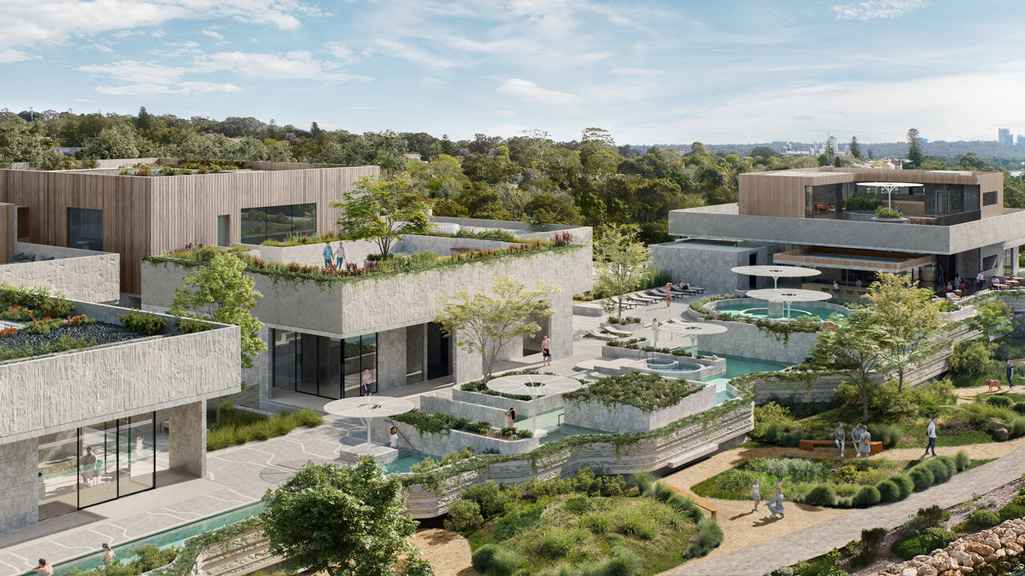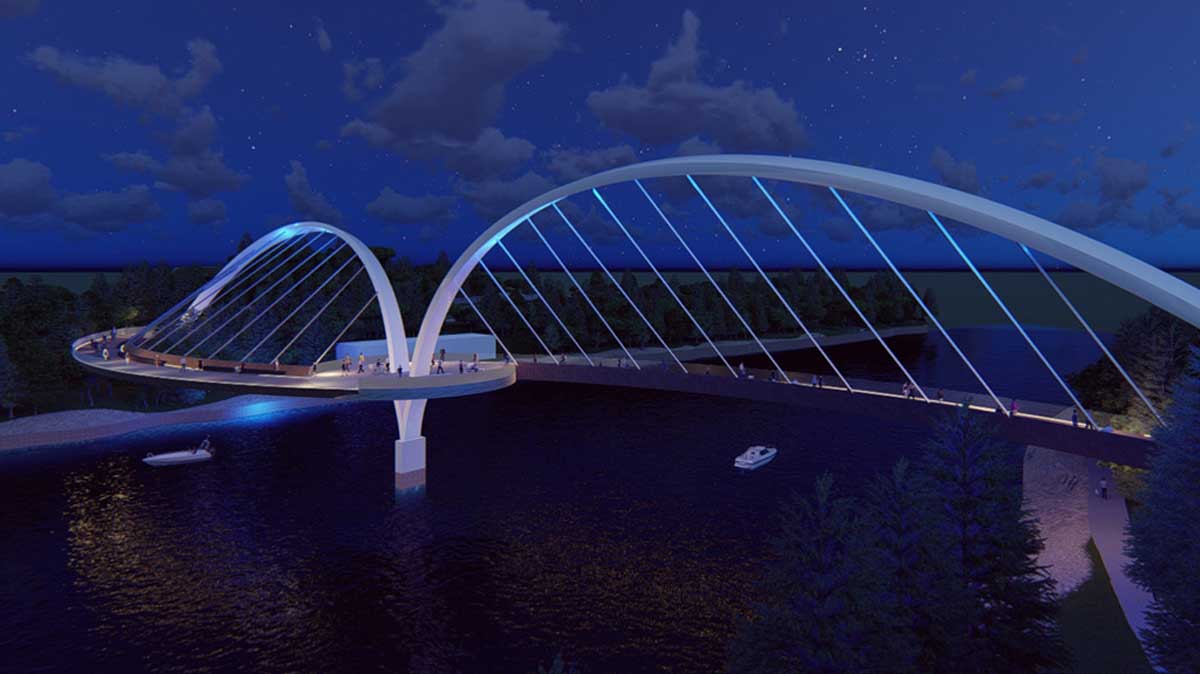Thanks to COVID, closed borders, spasmodic lockdowns and other restrictions, the construction sector is facing a perfect storm. An unprecedented building boom combined with shortages of product, materials and labour worse than any time since the oil shocks of the ‘70s, is testing everyone’s patience and resourcefulness.
And while there’s no way to bright-side the challenges that the industry is facing, it’s clear that some operators are rising to the challenge and new COVID-inspired systems are being developed. Industry Insider talked to three leaders from the sector about Pandemic supply management and what it all means for the sector long term.

Chow:Hill Director, Brian Squair says that the reality is, up until recently, we’ve just taken supply for granted.
“When we specified a particular product, even if it was coming from Italy, or Brazil, or from China, that given the standard lead time of around 12 weeks on a ship, it would get here on time, maybe a bit earlier. If in doubt, we could just fly it in and pay a premium if we needed it in a hurry.
“Now we can’t assume that, and we have to be very, very agile in how we select product. We have to research availability, its source, the supply chain, the routes to get here, and then ask… ‘what is the plan B?’.
“If we specify a facade panel, we need to have a genuine alternative that is similar or equal in our back pocket, just in case there is some problem in procurement at the time that it is required to maintain programme assurance.”
Squair says it means constantly monitoring all those products through the design phase. And if there appears to be an element of increased risk, proactively encouraging clients to procure a product early and get it landed, even if it might not be needed for some months.
That means saying to a client there may be a premium – they may have to pay for storage and a bigger insurance premium, but that’s the price of supply certainty.
“We are advising clients to have a larger contingency sum, mainly because there’s a higher risk of prolongation, which therefore puts prices up,” he said.
“For example, we had specified an aluminum composite material panel for a very large early education project. We felt it was appropriate for that style of building and where it sat in its urban context.
The reason we specified it, because this building’s quite tall, is you don’t have to go up on scaffolding and paint the thing in five years, and then every seven years thereafter. Then we discovered it was going take between 20 and 30 weeks. That’s too far out. So, we’ve had to resort to a compressed sheet, and painting it, because that’s what we need for the program.
“At the end of the day, does it appear visually much the same? Probably. The issue is now there’s more maintenance involved for that particular building owner, and that’s a price someone has to pay.”
Squair is not predicting a postwar austere design ethic to come through however, reflecting the pandemic-led shortages and the difficulties.
“Most of our projects take anywhere from three to eight years. And so, on a site, the construction phase may take from one year to five years. So, I suspect that for our industry, this is more of a blip than a wholesale reformation. That’s my sense of it,” he said.
CMP Commercial Manager, Andrew Moore says that this latest series of lockdowns and labour shortages may profoundly influence the way construction firms interact with client, suppliers and Local Government in the future, and may be the catalyst to more use of pre-fabrication in high rise projects.
While last year his team came out of lockdown “on a bit of a roll”, this year has been more challenging, not only because of product delays and the need to consider alternative products, but because of lockdown supply chain uncertainty causing the banks to look harder than ever at every project.
“The banks are setting way higher thresholds than they ever used to. We’ve seen reinforcing steel, structural steel, building materials, aluminum, a lot of products that go into our buildings increased between 30% and 45% this year alone. And here we are trying to price projects that will start in two years and finish in five years, and we’re being asked to lock in a price!
“It’s very difficult. Either we have to build in an escalation allowance within our price, which might mean that we add on another one to $5 million to our price to cover that risk, or we pass the risk back onto the bank or the developer. The banks typically don’t want to know about that. They want to know what their total exposure is,” Moore said.
Substitution is often considered a dirty word in construction, but Moore says the yoyoing of prices means constant vigilance on what can be supplied, and some creative solutions on getting the result.
“We like concrete buildings – in some projects, we’re moving from pre-cast concrete, (because all the pre-casters are so busy) and looking at in-situ concrete.
“With steel, for instance, we were buying a lot of pre-fabricated structural steel out of Malaysia, where it was significantly cheaper, but, dare I say it, with the price volatility, it’s actually cheaper now to actually have that steel work done here in New Zealand.
“And getting timber is just a nightmare and the moment, with massive, massive delays and shortages. So we’re now re-specifying our projects and doing a lot of our walls and ceilings in steel stud framing. But again, that product’s gone up so much in price, what we’re now doing is buying raw coils for projects that will start next year or the year after, and stockpiling them, and when we need the steel studs in the ceilings, we are then running them here in New Zealand.”
Moore says the knock-on effects go right through the subcontractors as well.
“A lot of our electricians, for instance, are buying raw cable and stockpiling. Our plumbers are doing the same thing with tapware and whiteware and plumbing fittings. Carpet – we’ve always traditionally stuck with New Zealand carpets, but we’re now looking at overseas product, just to make sure that these projects are still feasible to meet the bank thresholds on project viability. We’re looking all around the world now.”
This all sounds a little dystopian, but Moore says some good things that have come out of it, including openness to new products and applications.
“I think new products, and systems, and techniques – the internet has made the world a lot smaller, and I see a lot of those coming into New Zealand, I see that as being a great thing. There seems to be acceptance by the council to take on new products and systems, if they can be proven, or tested, or the risk to the council is offset by builders, or consultants providing producer statements, which effectively guarantee, or warrant these systems or techniques.”
Moore suggests that the pandemic is the stimulus that will see prefabrication adopted more widely in construction.
“The idea is prefabricating as much as you can. The more we do in a factory where you’re getting better quality, you’re not affected by the rain, you’re keeping labour off a worksite, the better. You’re not having to find car parking for workers who are notoriously unreliable in getting to site in the first place. It de-risks the project. So, prefabrication is the key and that goes with these unitized facades, as well.”
Moore is excited to be part of two very significant projects that both use extensive, progressive pre-fabrication.
“We’re looking at two multi-story prefabricated buildings at the moment, where we’re bringing modules in. One project, we’re bringing them in from China and the other one from Poland. It’s like a LEGO building.
“We build the foundations traditionally, we build a central core traditionally, and then we’re effectively lifting modules in with a super heavy lifting tower crane – there’s only two or three of these in New Zealand. We can effectively build a floor in four days, 100% complete, including fit out. Now, if we can take six months off a building timeframe, that’s tens of millions, well, millions and millions of dollars of savings, depending on the size of the project by using these prefabricated modules.
“One of these buildings for instance, is a 14 story building. Each floor has 16 modules sort of like a container frame, but they’re fully kitted out, including the walls, the ceiling, the painting, the tiling, the toilet, everything inside these things, including the exterior windows. And they just clip together and sit on top of each other. We reckon that we can do a floor in four days. Then we just stack them up on top of each other. This system’s just been used on a 34 story Marriott Hotel building in New York.
“For the first two jobs we’re going to bring them in from overseas, but we’re then, if they’re successful, going to set up a factory probably in Whangarei, and start building modules here in New Zealand to build multi-story buildings,” he said.

Ian Briggs, Director, of Plus Architecture in Australia, isn’t sure if we’re going to see a Pandemic-era design ethic coming to the fore – but he’s keeping an open mind.
“Firstly, I think we’re too close to it. And secondly, I suspect it won’t be as clear cut,” says Briggs.
“150 years ago, when they introduced the window tax in England, all of a sudden, windows which were already expensive, became really expensive. Therefore, you had Georgian style houses with tiny windows, with big timber frames to reduce the amount of glass.
“In today’s age, events happen so quickly, and we move on so fast – interior design has an opportunity to really reflect the moment, but architecture is measured more in five to ten-year periods, as an idea. If, cross fingers, we are living through only a two-to-three-year Pandemic effect, I think the pre-COVID way of doing buildings will certainly flow on through that.”
Briggs says that modern architectural trends often aren’t that clear-cut in any case.
“I remember when we were going through the Global Financial Crisis of ‘08, the pressure was on to reduce expensive glazing, and to increase the amount of solid walls on facades. This led to an aesthetic that moved away from curtain glass facades on larger buildings. Ironically, increasing the solid walls on facades introduced a visual language that enabled buildings to better meet Environmentally Sustainable Design measures we need to consider these days.
“The benefit of that is it’s usually cheaper to build solid wall than it is glass. However, we’ve got one project where we did that for the sake of environmental and construction cost reasons, and builders turned around and said it’s faster for them to just put one big curtain wall up and skin the whole building using one trade. So, the there’s always two sides to it; there’s the cost of the material versus the labor and time cost of the actual assembly,” Briggs says.
So, does Briggs believe that things like the environmentally sustainable design will take a back seat if designers and builders can’t get sustainable materials to complete the project?
“Unfortunately, yes, in the short term. It’s difficult situation to be in as a practice because we recognise the climate and biodiversity emergencies and the urgent need for action amongst our clients and supply chains. We’ve had projects big and small where builders have said: “We can’t start this project, because the conditions that we originally tendered on, the prices mean that we can no longer meet the tender build cost.” And I think that’s happening right across both of our countries. Builders are finding themselves in a really terrible position where they’ve priced it one month, and by the next month they’d go broke if they had to deliver it for that price,” Briggs says.
So, is Plus seeing the scalpel put through projects to manage rising costs and shortages?
“Some clients are, but others are the opposite,” Briggs says.
“One is saying: “We want to make it more cost effective for the customers”, another one is saying: “Actually we want to attract a certain high value level of customers”, so, although a lot of the spaces are quite stripped back, we’re adding a lot of value to the communal spaces. Wherever we can, we will continue to advocate for regenerative design practices through the design process.
“So, it’s a bit of push and pull – you have this really curious contrast of richness in materials and textures that are layered over almost semi-industrial, stripped-back spaces. The bones of the building are raw and direct but are contrasted by rich spaces that people inhabit and use, whether that’s the foyer, staff amenity spaces, or even the end-of-trip facilities.
“And I think that starts to express itself on the exterior of buildings where the need to be a corporate entity must change, it does need to shift from being a corporate symbol, to being something that is actually a lot more engaging with their employees. It’s saying: “We’re just the head clubhouse of an organization or a built infrastructure that’s spread throughout the community in a positive way”.”
“It reflects the way that we dress. It’s the way that we are communicating today. It’s been repeated 1000 times everywhere around the country and around the world. It’s this combination of directness and casualization of the space and the way that we communicate.

